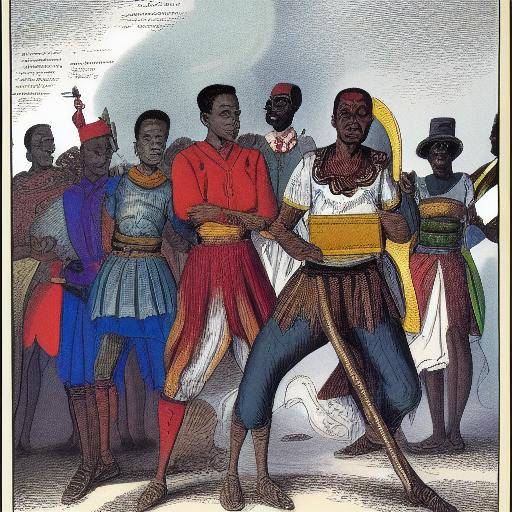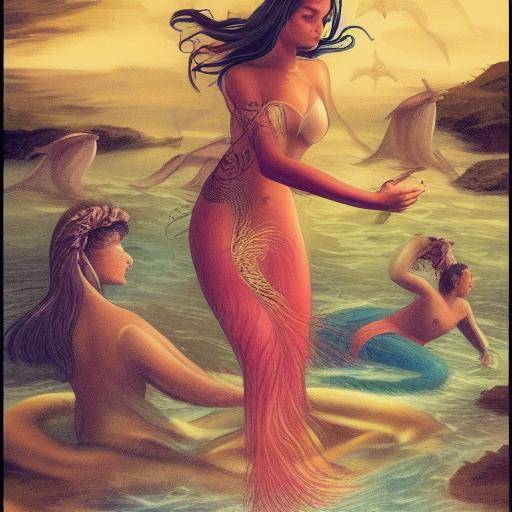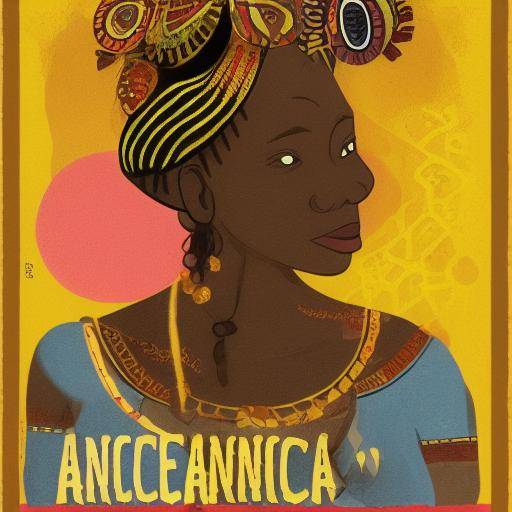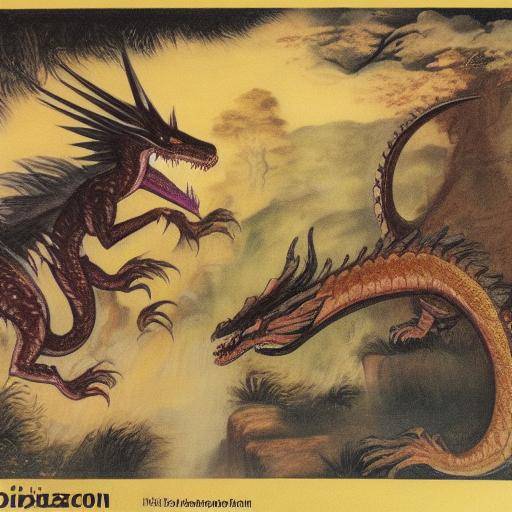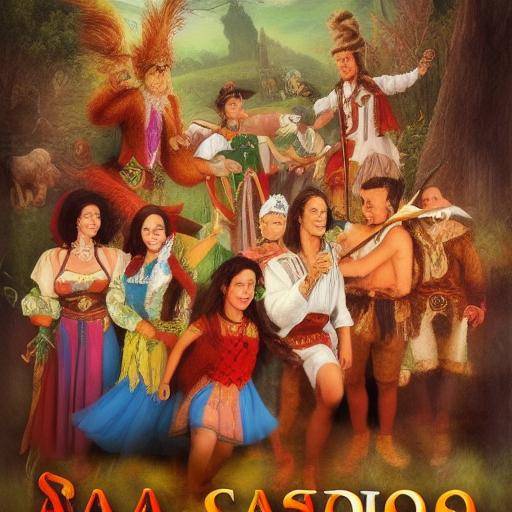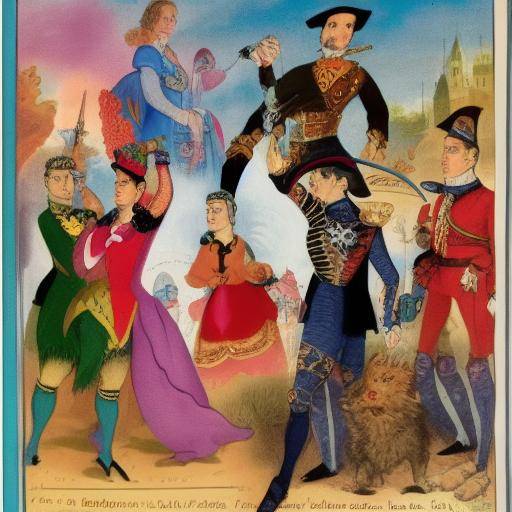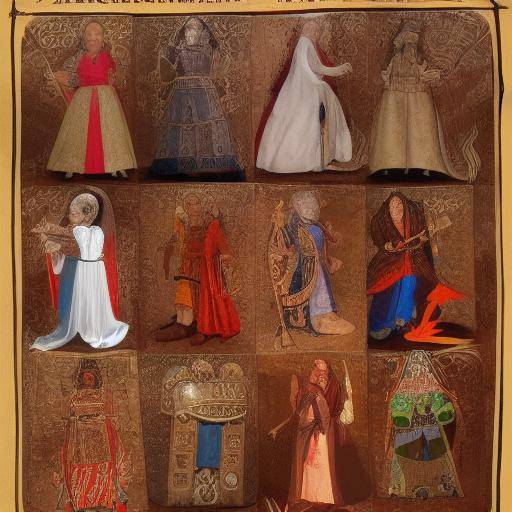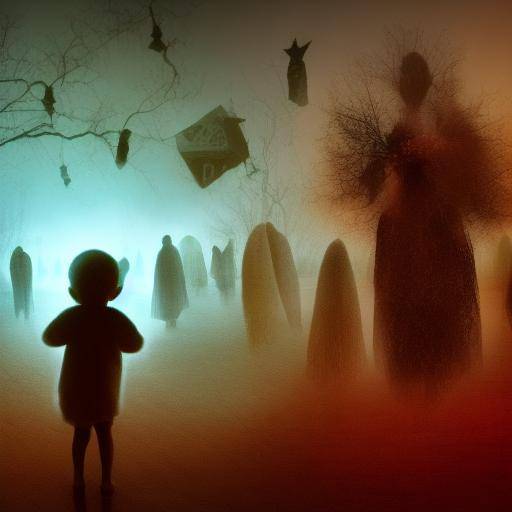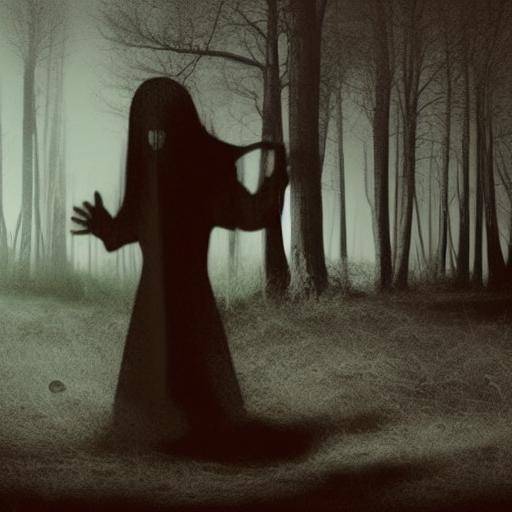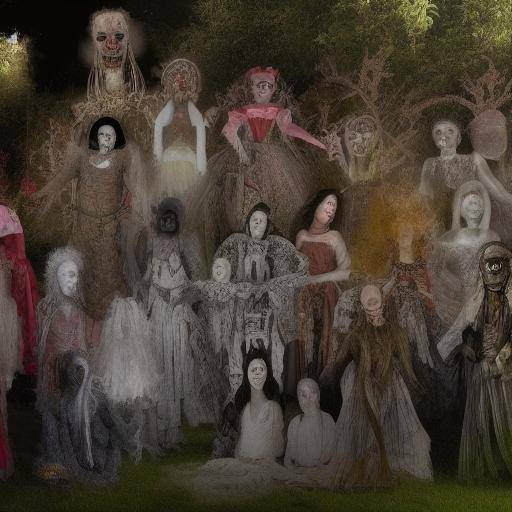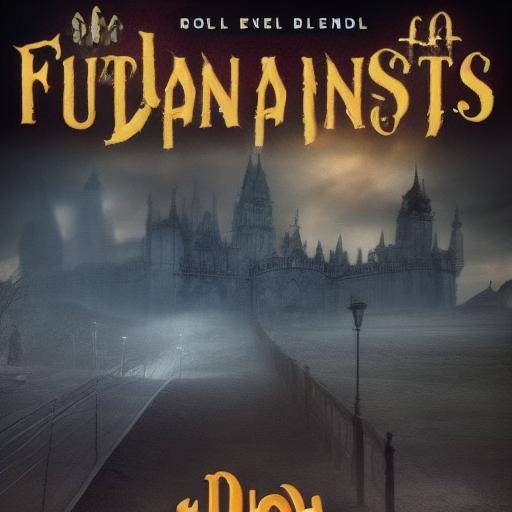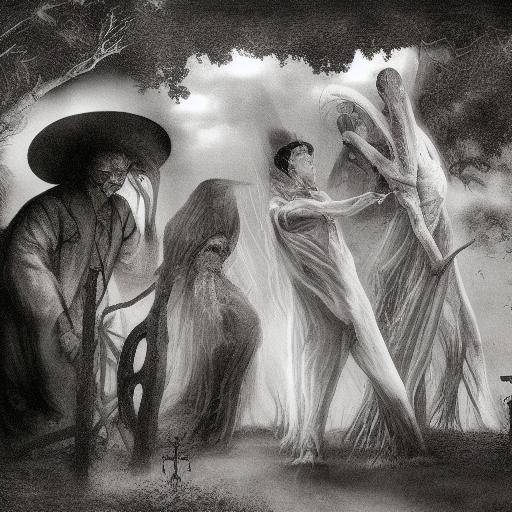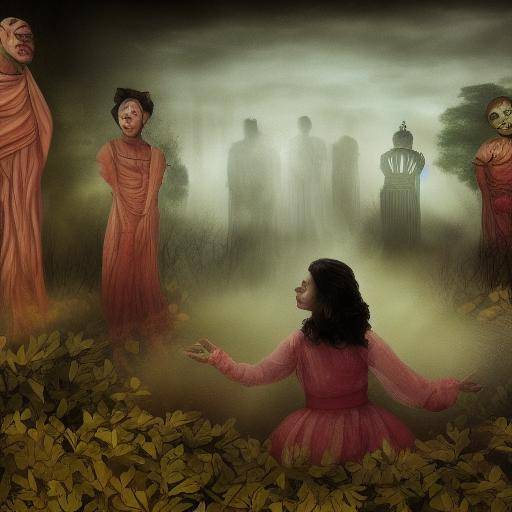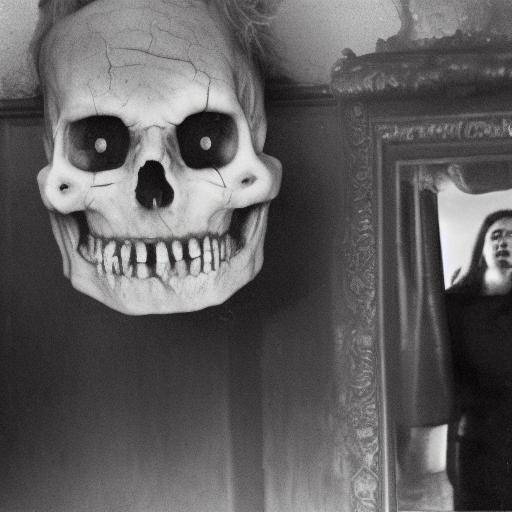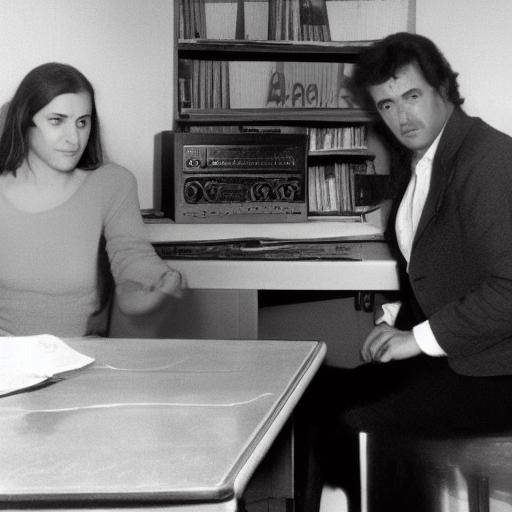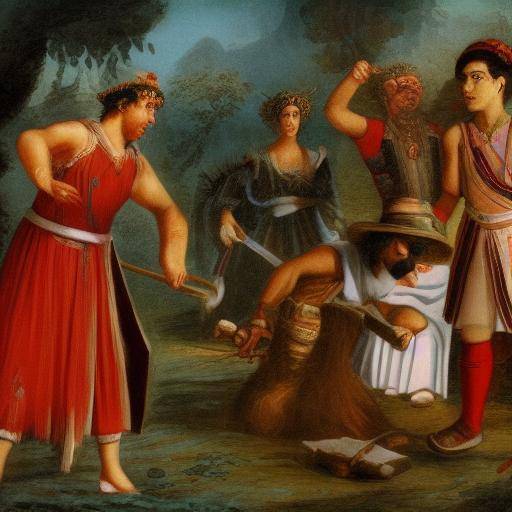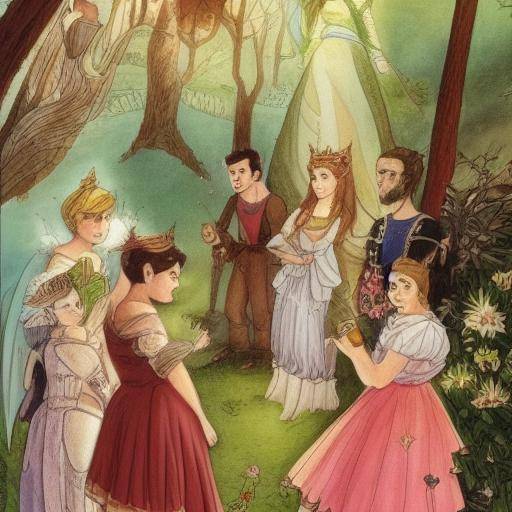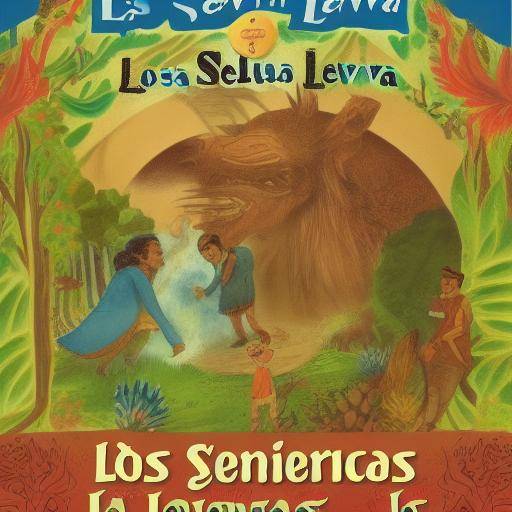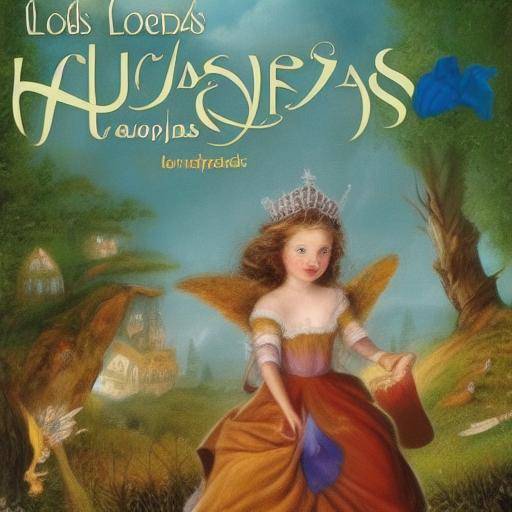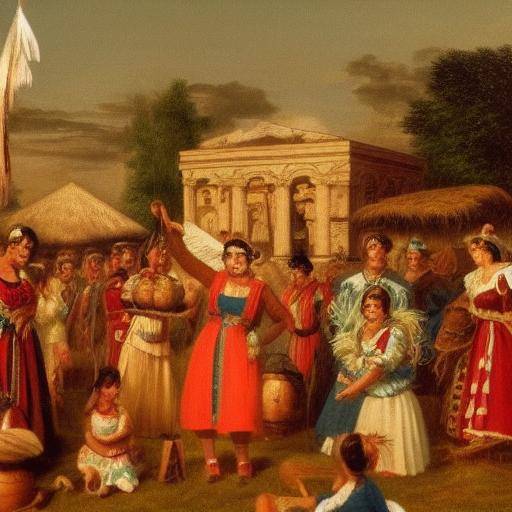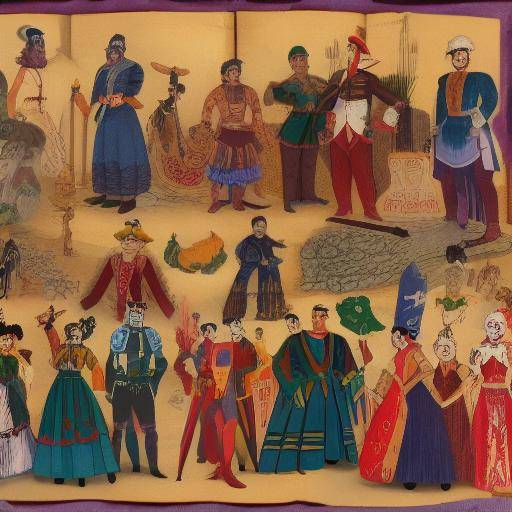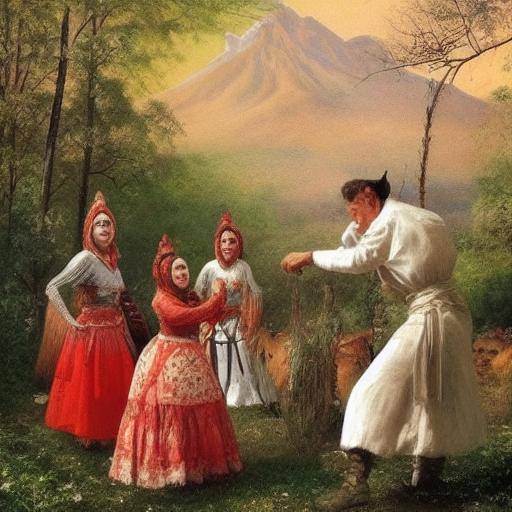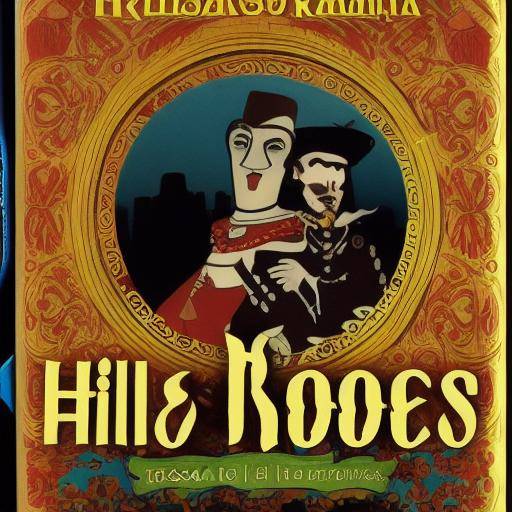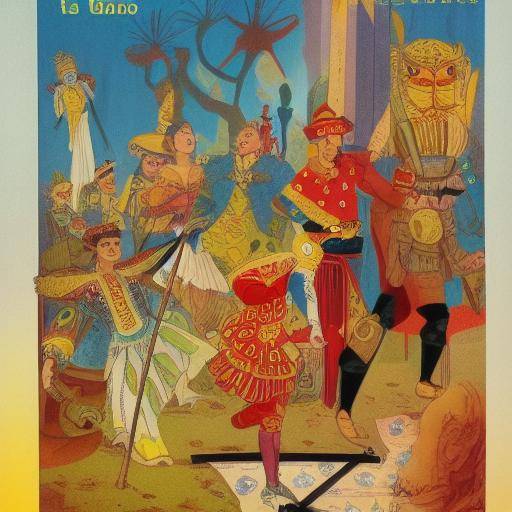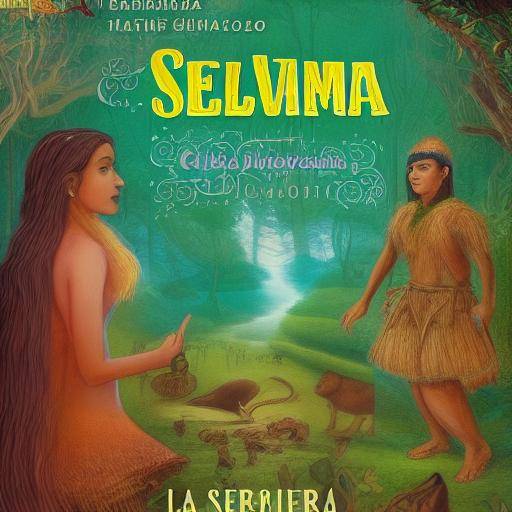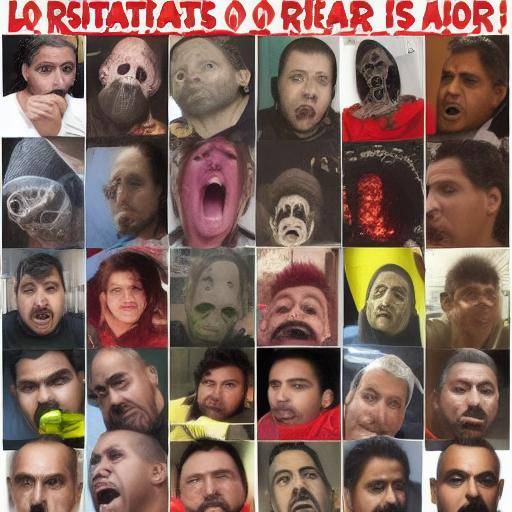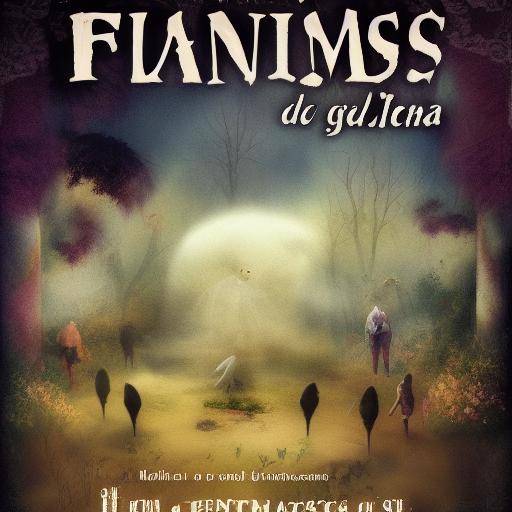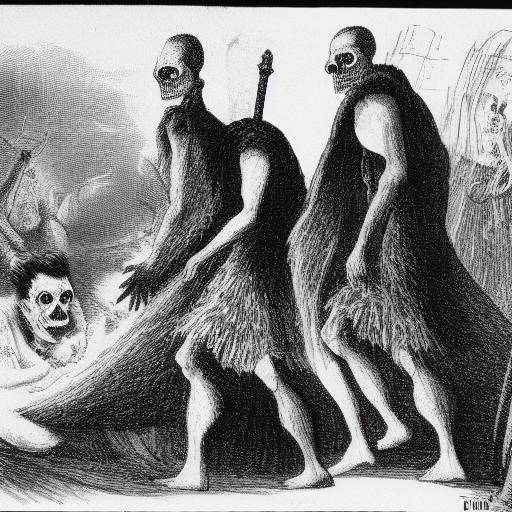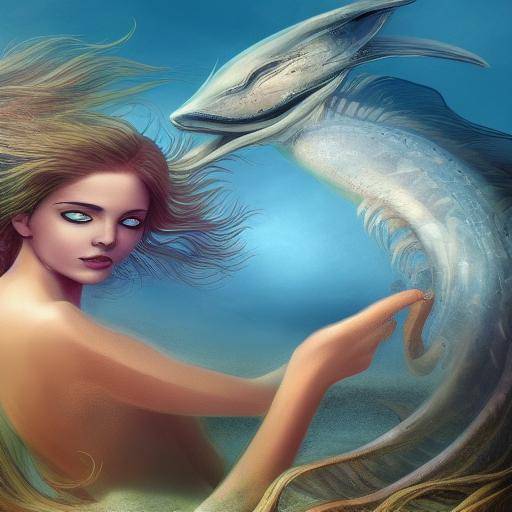
Mermaids have been part of world mythology for centuries, capturing the imagination of people of all ages and cultures. From ancient legends to modern stories, these mysterious marine creatures have been the subject of fascination and debate. In this article, we will thoroughly explore the fascinating history, mythological meaning and the influence of the mermaids in popular tales.
Introduction
In the depths of the ocean, between the waves and the mysteries of the sea, the myth of the mermaids has persisted throughout history. With their magical combination of beauty and danger, these creatures have been portrayed in stories, legends and works of art as irresistibly attractive beings with a seductive melancholy. As we enter the depths of this theme, we will explore the history, symbolism and evolution of the mermaids, as well as their role in stories and myths.
Origins and History of the Mermaids
The mermaids, whose origins date back to the Greek mythology, were half-woman beings and half a bird or fish. It was believed that they lived around a rocky island and sang with melodious voices to attract the sailors to their perdition. Over the centuries, sirens have been portrayed in various ways in different cultures, from seductive goddess to dangerous marine predators. The myths of sirens have captured the imagination of writers, artists and explorers, who have woven stories of love, tragedy and adventure around these enigmatic marine creatures.
The Evolution of the Mermaids Through the Tales
The influence of the mermaids has spread through popular tales, where they are portrayed as magical beings with the ability to bestow blessings or cause disdain to those who cross their paths. The representation of the mermaids in child literature and folk stories has led to a wide range of creative interpretations, from ransom stories and friendship to epic tragedies of loss and redemption. The mermaids have also appeared in numerous works of art, music and cinema, consolidating their place in the collective imagination over the centuries.
Mermaids and Other Mythological Beings
Mermaids share the mythological scenario with a diversity of magical and fantastic beings that have populated cultural beliefs throughout history. From aquatic nymphs to marine dragons, mythology has given life to a varied cast of creatures that personify both fears and human longings. By exploring the similarities and differences between sirens and other mythological beings, we can better understand their place in the collective imagination and their role in the transmission of values and teachings over generations.
The Mermaid Meaning in the Tales
Mermaids have served as powerful metaphors in stories, symbolizing attraction and danger, fascination and fear, freedom and prison. Through their representation in classic and contemporary accounts, the mermaids have left an indelible mark on literature, exploring universal themes such as desire, loss and search for identity. His presence in stories acts as a mirror of human complexities, causing deep reflections on the dual nature of existence and the unfathomable mysteries of the marine world.
Conclusion
The mermaids continue to exercise their fascination in the human psyche, transcending geographical and temporal borders to enchant successive generations with their magic and mystery. Through their prominent place in stories and myths, the mermaids remain powerful symbols of our relationship with the sea, desire and nature. By exploring its origins, evolution and role in popular tales, we can appreciate its lasting impact on human culture and find connections with our own experiences and longings.
Frequently asked questions
1. What is the origin of the sirens?
Mermaids originate in Greek mythology, where they were described as half-woman beings and half-birds or fish. Over the centuries, their representation has varied in different cultures and traditions.
2. What is the symbolism of the mermaids in the stories?
Mermaids often symbolize duality, representing both attraction and danger, freedom and imprisonment. His presence in stories acts as a mirror of human complexities, causing deep reflections on the dual nature of existence and the unfathomable mysteries of the marine world.
3. How have sirens influenced literature and art?
Mermaids have been a constant source of inspiration in literature, art and music. From classical works to modern representations, the mermaids have left an indelible mark on the collective imagination.
4. How do sirens compare to other mythological beings?
Mermaids share the mythological scenario with a diversity of magical and fantastic beings. By comparing them to other mythological beings, we can better understand their place in the collective imagination and their role in transmitting values and teachings over generations.
5. What is the role of sirens in teaching values in popular tales?
The representation of the sirens in popular tales allows the transmission of values and teachings through powerful metaphors. His stories explore universal themes such as desire, loss and search for identity, providing deep reflections on the human condition.
6. How have the mermaids evolved over time?
The representation of the mermaids has evolved over the centuries, adapting to the changing cultural and literary interpretations. Although their physical characteristics may vary, their essence as a symbol of duality and mystery continues to resonate today.
In conclusion, the mermaids, like creatures of the sea and protagonists of countless stories, continue to capture the imagination of people of all ages and cultures. Its lasting symbolism and its role in transmitting values through popular tales demonstrate its continued relevance in the modern world. As we explore its history, mythological meaning and its influence on stories, we can enjoy the richness of narratives that these fascinating creatures have inspired throughout history, as we reflect on their power to resonate with the complexities of human experience.

